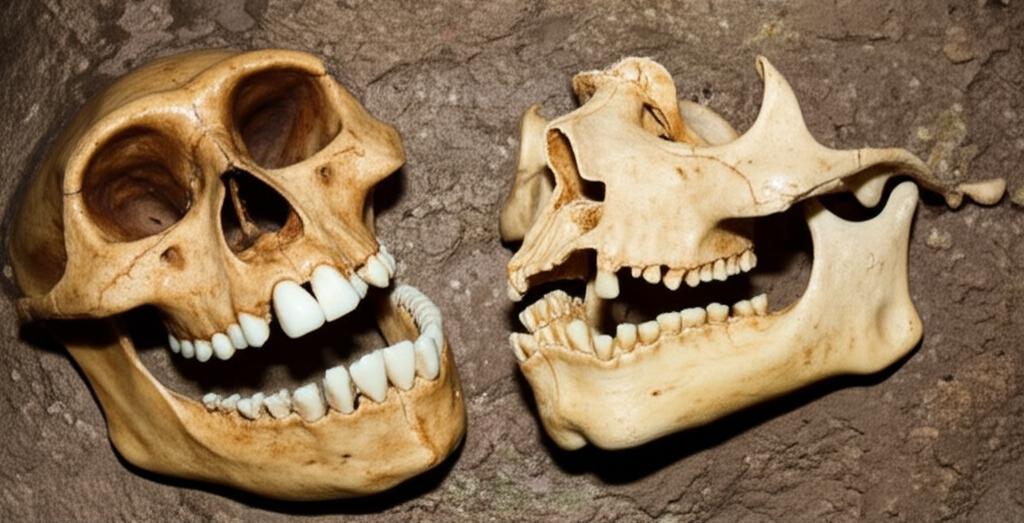Paleoanthropology, the study of human origins, is experiencing a period of rapid advancement, largely driven by the powerful synergy between traditional fossil analysis and cutting-edge genetic research. While fossil discoveries continue to provide crucial physical evidence of our ancestors, the ability to extract and analyze ancient DNA (aDNA) has revolutionized the field, offering unprecedented insights into our evolutionary journey.
The study of ancient DNA allows scientists to move beyond inferring the past solely from modern genomes or fossil morphology. It provides a direct look into the genetic makeup of individuals who lived thousands, even hundreds of thousands, of years ago. This "time capsule" approach has illuminated key aspects of human evolution previously hidden from view. We can now track ancient population movements, identify previously unknown hominin groups like the Denisovans purely through genetic traces, and definitively demonstrate interbreeding events between Neanderthals, Denisovans, and early Homo sapiens. Sequencing ancient genomes provides snapshots of genetic diversity at specific points in the past, allowing researchers to refine models of population splits, migrations, and replacements without relying solely on extrapolations from modern DNA.
Despite the power of genetics, the fossil record remains indispensable. Fossils provide the tangible physical evidence of past life forms, revealing their anatomy, morphology, and adaptations. Crucially, they anchor genetic findings in time and space, telling us when and where ancient populations lived. Understanding the relationship between the genotype (genetic makeup revealed by aDNA) and the phenotype (the physical traits observed in fossils) allows for a much deeper interpretation of evolutionary processes. For instance, analyzing developmental genetics helps understand how variations in traits like tooth enamel thickness, visible in fossils, might relate to underlying genetic mechanisms. Fossils provide the necessary temporal dimension to map out when specific traits or genetic lineages appeared, evolved, or disappeared.
Integrating these two powerful streams of evidence yields profound insights. We now understand that the emergence of modern humans was not a simple linear progression or replacement event but involved complex interactions and genetic exchange between different hominin groups. Studies combining fossil morphology and paleogenomics explore how admixture might manifest in skeletal features, potentially identifying specific fossils as individuals with mixed ancestry. Furthermore, large-scale sequencing projects, analyzing thousands of ancient genomes, are mapping prehistoric population movements, turnovers, and genetic adaptations across vast regions like Eurasia with remarkable detail. This integrated approach allows researchers to correlate genetic changes with environmental shifts, lifestyle changes (like the adoption of agriculture, traceable through genes like AMY1 related to starch digestion), and the evolution of disease susceptibility. For example, analyzing ancient genomes helps trace the dispersal of risk genes for modern diseases like type 2 diabetes, multiple sclerosis, or Alzheimer's disease, linking them to ancient migrations and admixture events.
Recent technological advances continue to push the boundaries. Improvements in extracting and sequencing highly degraded DNA, even from sediments in caves where no bones are found, expand the scope of genetic investigation. Alongside this, sophisticated imaging techniques (like CT scans and 3D modeling) allow for non-destructive, detailed analysis of precious fossil morphology. Quantitative genetics provides new methods for analyzing trait variation in fossils based on an understanding of the genetic architecture underlying those traits in living relatives.
In conclusion, the field of paleoanthropology is increasingly defined by its interdisciplinary nature. The integration of fossil evidence, providing the physical and temporal framework, with ancient DNA analysis, revealing the genetic blueprint and relationships, offers a far more comprehensive and nuanced understanding of human evolution. This combined approach is continually refining our knowledge of who our ancestors were, how they lived, how they interacted, and ultimately, how we came to be.

